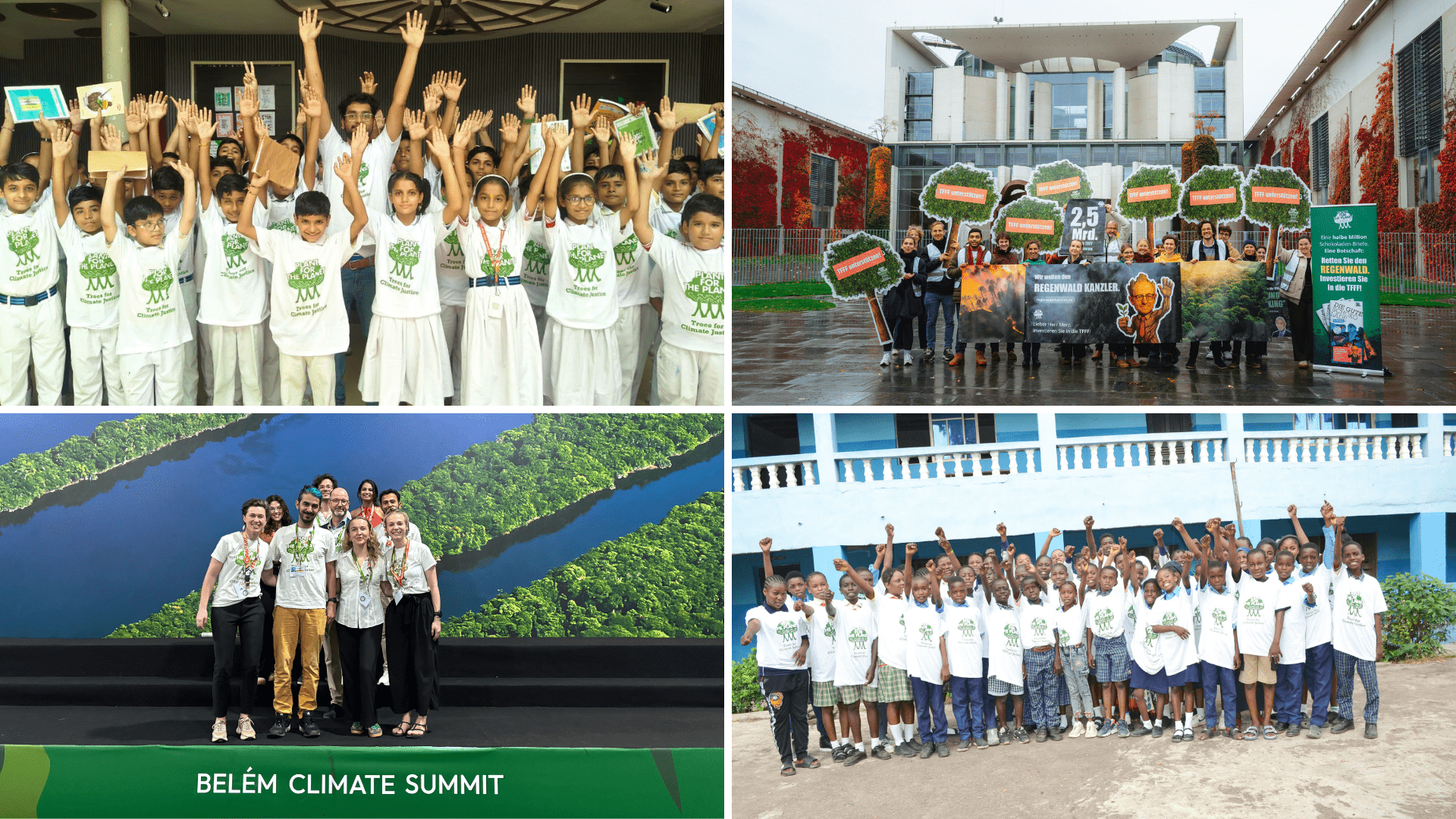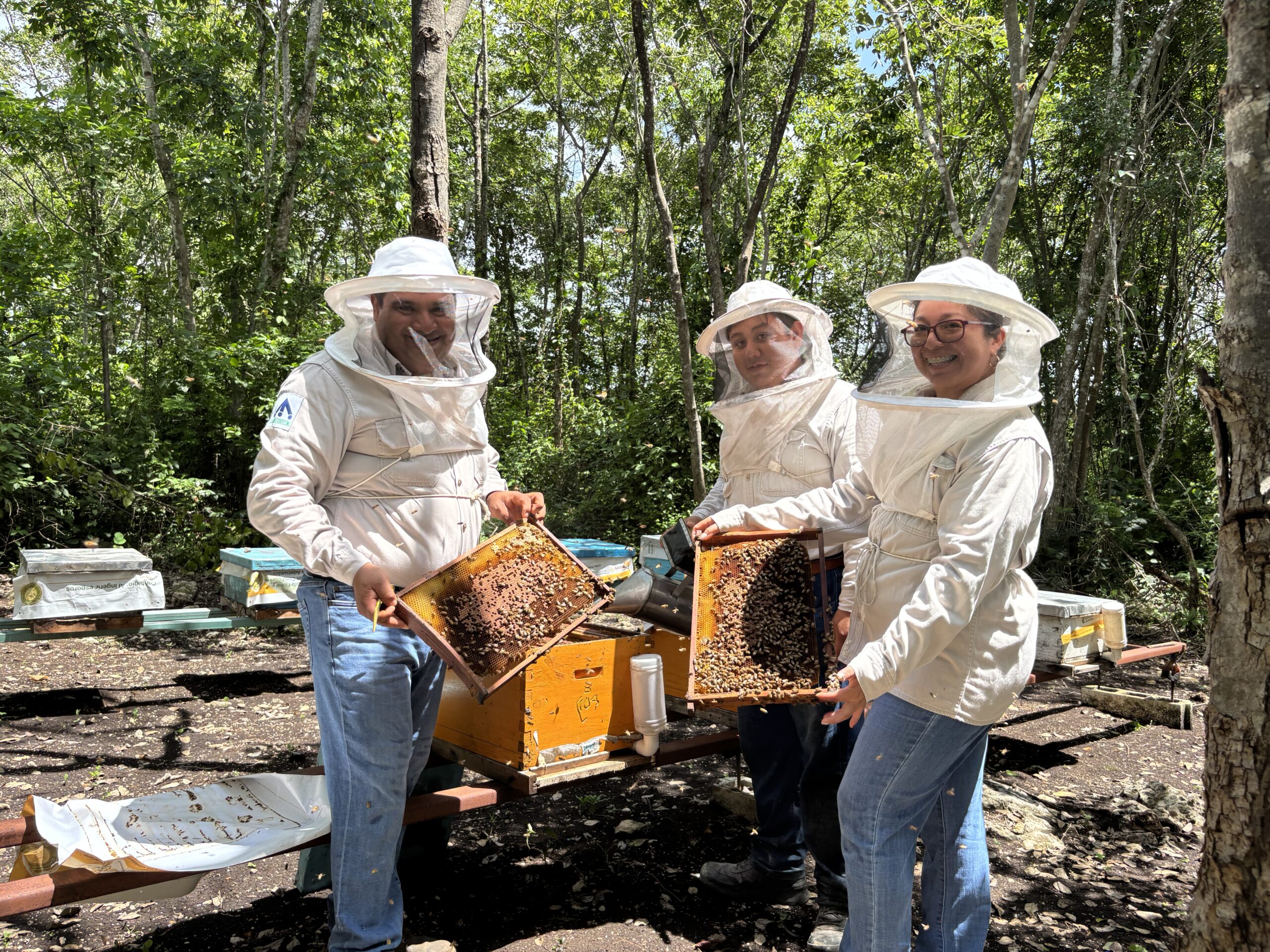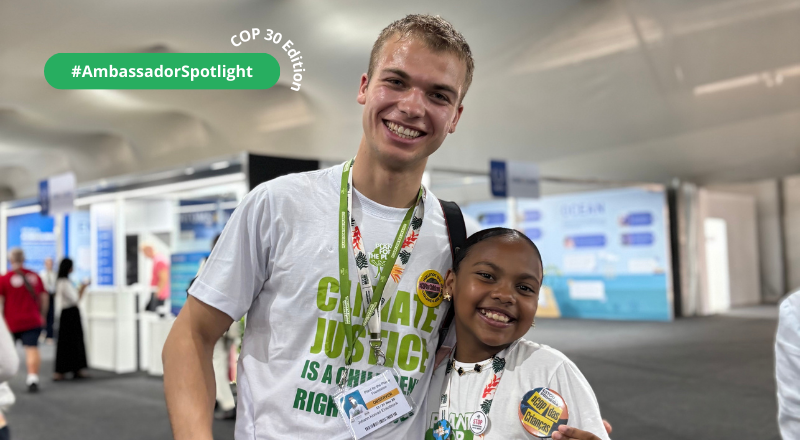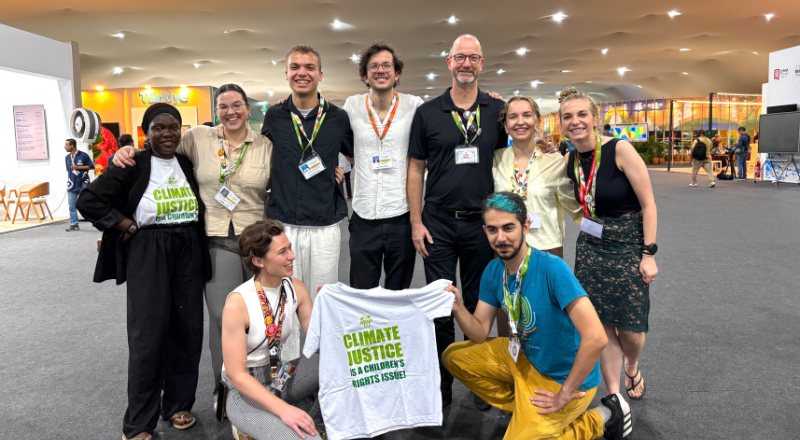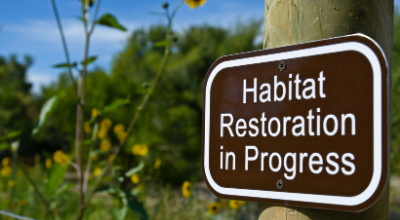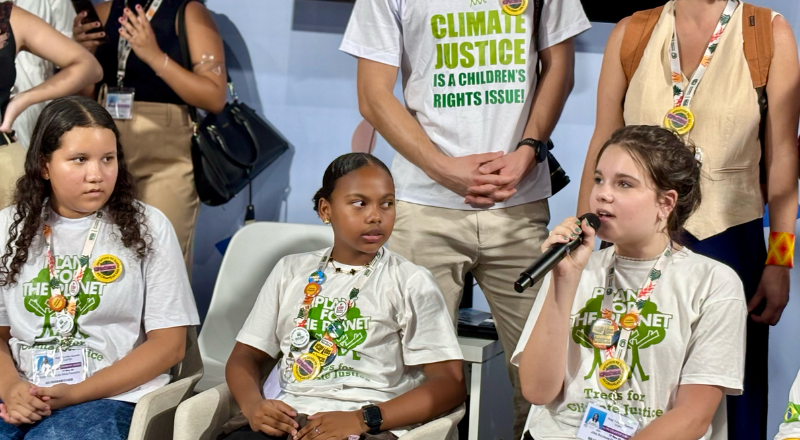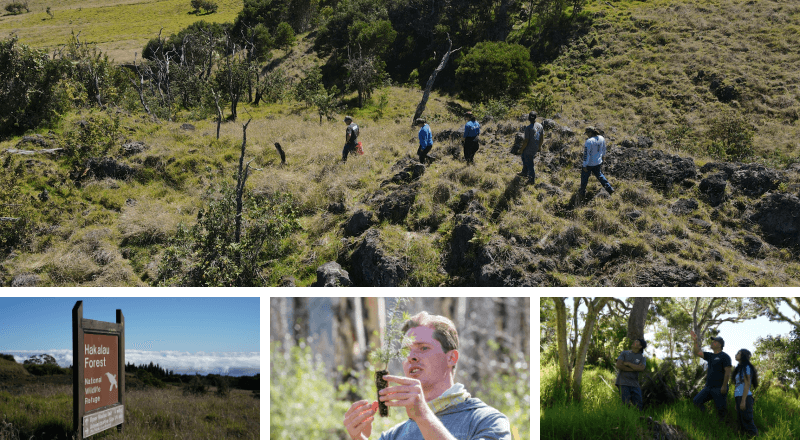
Sustainable restoration and reforestation are a long and complex process that requires sophisticated knowledge, both indigenous and scientific, to achieve the best results. Every step makes a difference and the smallest detail matters in ensuring that the right approach is followed for a healthy and most suitable restoration. In this edition of the blog, we focus on the “Hakalau Forest National Wildlife Refuge Hawaii” project of American Forests, one of the projects on the Plant-for-the-Planet platform. American Forests is the oldest conservation organization in the United States, working from cities to large natural landscapes to create healthy and resilient forests that deliver essential benefits for climate, people, water, and wildlife.
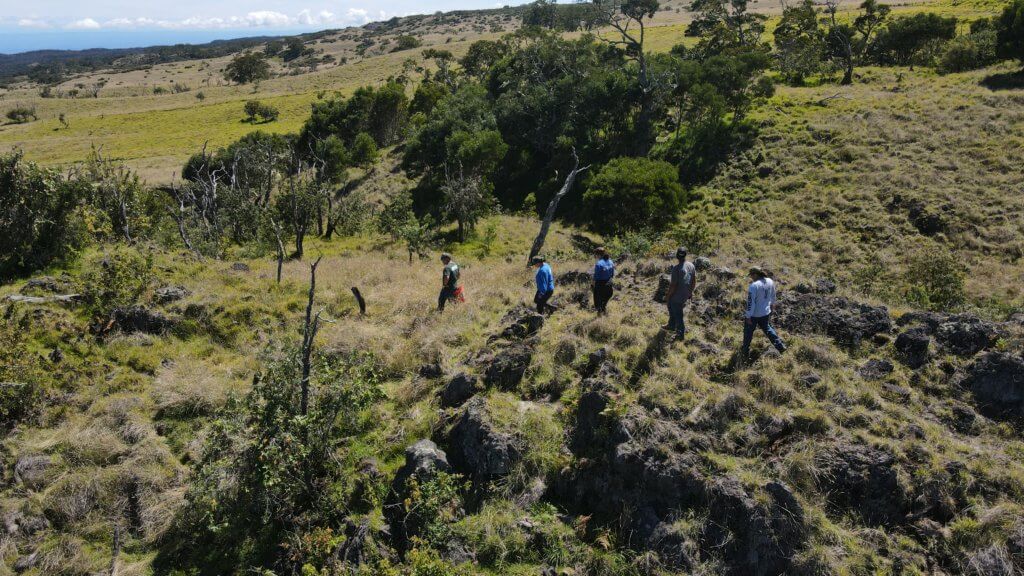
We spoke with Lindsey Putz, the Senior Director of Corporate Partnerships at American Forests. In her role, she collaborates with corporations across a variety of industries to develop customized partnerships that can help them mutually reach their goals. Examples include the TAZO Tree Corps, Bulleit’s work to restore and maintain healthy oak forests, and Salesforce’s support of expanding American Forests’ Tree Equity Score, a tool that showcases where trees are needed most in cities.
She’s also joined by her colleague Austin Rempel in this interview. Austin is the Director of Forest Restoration at American Forests and works on reforestation initiatives, including partnership building, nursery development, and tree planting. Other colleagues who contributed to this interview include Nick Wilhoite, Hawaii Reforestation Manager, and Cheyenne Hiapo Perry, who works with the Department of Hawaiian Home Lands (DHHL) with the USDA Forest Service.
Restoring Bird Habitat, Enhancing Watershed Health
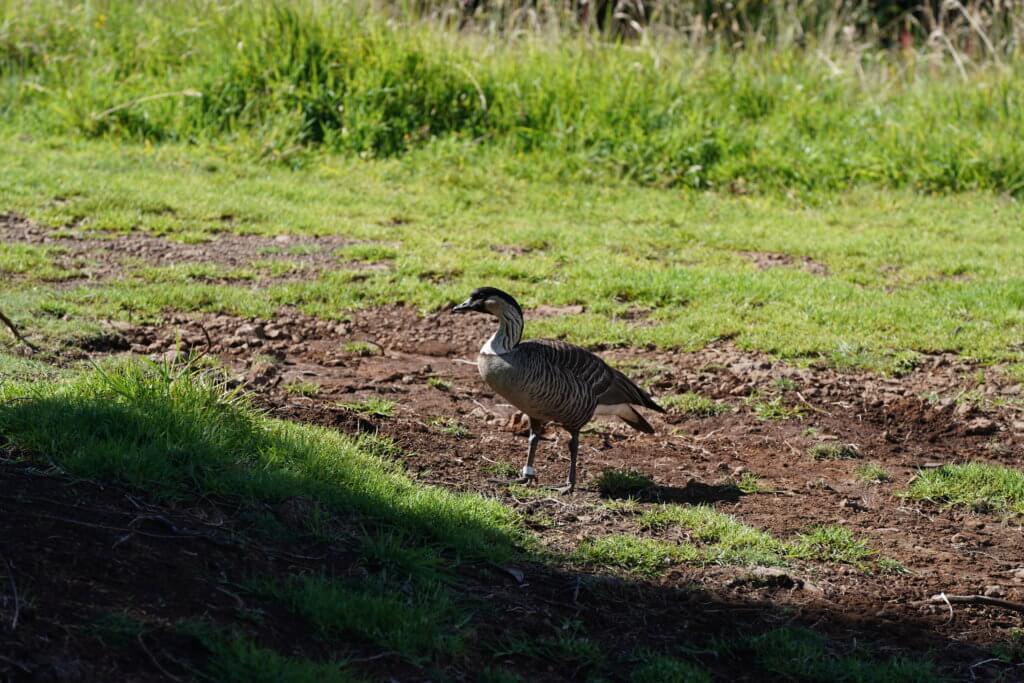
Nick/Cheyenne/Austin: In partnership with the Mauna Kea Watershed Alliance, we’ve been reforesting an area between 6,000 and 8,000 feet on the eastern slope of Mauna Kea that was cleared by unsustainable logging practices and the introduction of non-native cattle by Captain Vancouver in 1793 and subsequently cattle ranching operations, and is now covered with exotic and highly flammable grass species. The Kanakaleonui Bird Corridor project aims to convert the degraded pasture back into a native forest for native bird habitat and to provide a corridor upslope for native forest birds to escape avian disease carried by non-native mosquitoes at lower elevations. The first step is to establishing a canopy – we do this by planting Koa, which are the dominant native canopy species, and Aweoweo, the pioneer/companion plant that is a resilient understory shrub and will provide shelter, similar to a blanket, protecting young Koa seedlings as they become established. Our intent is to restore bird habitat, provide connectivity with intact forest higher up the mountain, and improve watershed health (e.g., trees protect soil from erosion, Koa capture fog and increase precipitation), and potentially, as a managed unit, create a wetter greenbelt to contain and reduce the chances of wildfire.
Navigating Challenging Situations
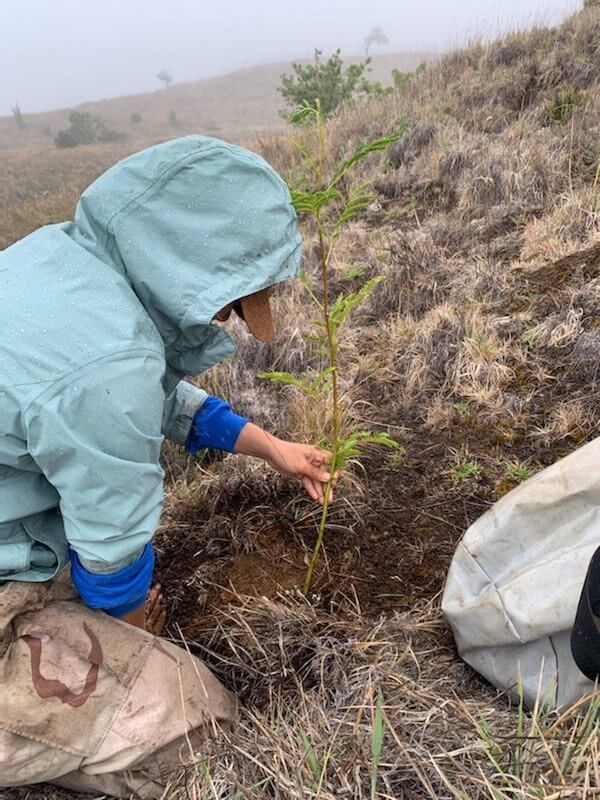
Nick/Cheyenne/Austin: The Kanakaleonui Bird Corridor was established in 2008, and reforestation efforts began shortly thereafter. We have already begun to see native birds using some of our older out planting sites and planted trees are producing seeds – the corridor is working. In addition to improved native forest health we also have a volunteer program where we engage schools and communities around Mauna Kea to gather native seed and plant native trees. Since 2011 we have hosted hundreds of community members ranging from elementary school students, elders, and even hula halau, traditional Hawaiian dance instruction! One challenge is that it is a remote and difficult area to access, taking about 1 1/2 hours one way to reach with most driving on a 4wd road, which makes the work expensive. Non-native grasses suppress native plant establishment and climate conditions have changed when the native forest was removed; the areas now have more wind, extreme temperatures, and occasionally frost. These conditions necessitate providing protection for new outplants, previously with tree shelters, and now with other native pioneer plants that do well in hardier conditions. Access to water and frequent drought is also a big constraint, and we have to adjust our plantings accordingly; tree shelters, deep pipes irrigation (individual plant water catchment systems), and planting in clusters have greatly improved outplant survival.
Discovering Plant-for-the-Planet
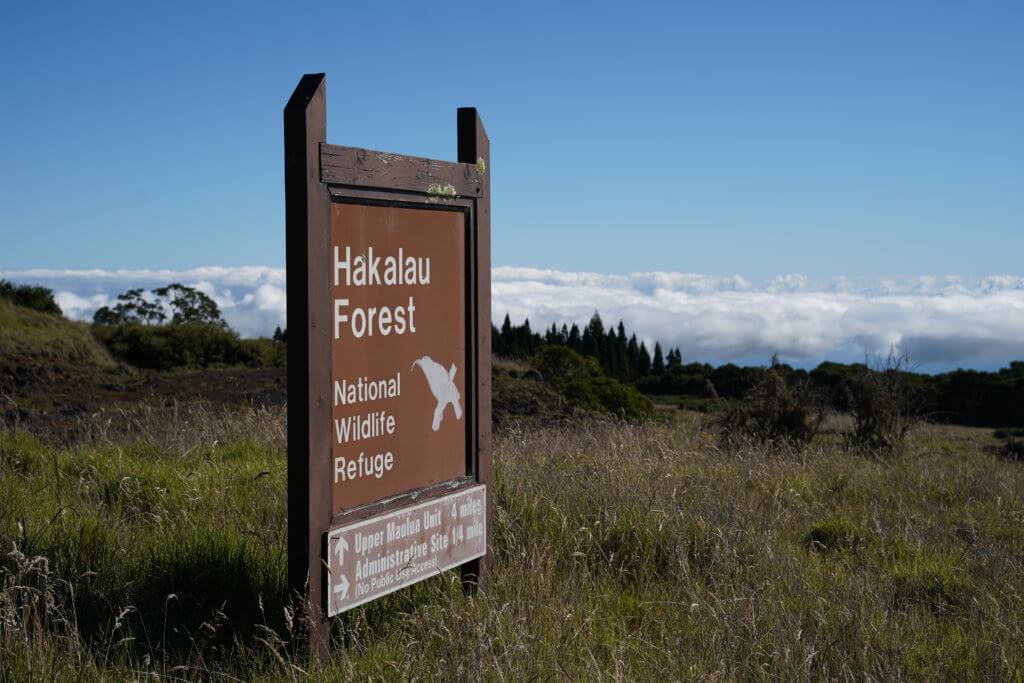
Lindsey: In 2019, American Forests discovered Plant-for-the-Planet in our efforts to expand our reach and increase visibility around critical urgent projects. We continued conversations with the Plant-for-the-Planet team and were thrilled to discover a way to reach new audiences while sharing updates on our work with supporters in a more efficient manner which we have found vitally important, especially with several major supporters that rely on the platform for tracking and reporting. Plant-for-the-Planet’s level of project detail helps build trust between supporters and non-profits through accountability and storytelling and we appreciate how this platform has helped us grow our network.
From Donations to Planting and Maintenance
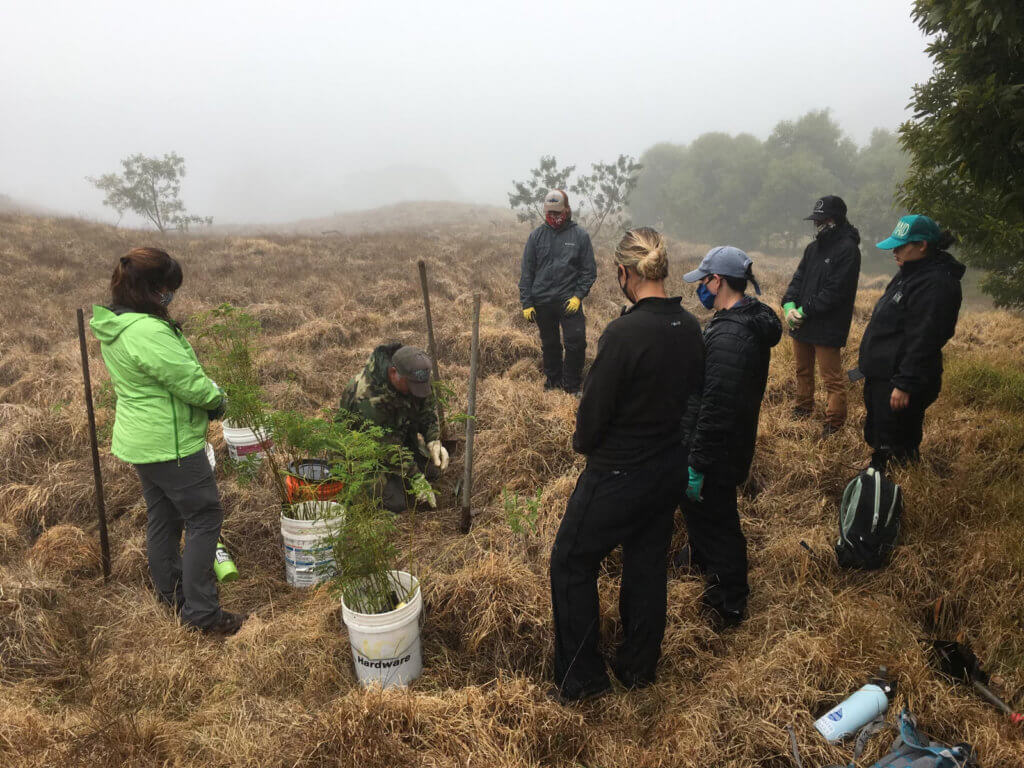
Lindsey and Austin: While the process varies some with each landscape, generally donations for planting trees (one of many funding needs at American Forests) are totaled at points throughout the year and applied to a selected project in one of American Forests’ priority landscapes. The projects are scattered across the country in regions where we have built collaborative partnership networks. The projects would already have a plan of action in terms of species selection, ideal conditions, location and staffing, so when funding comes in, we are able to direct it towards a project that will typically be occurring somewhat soon, though that could be right around the corner or still several months out depending on planting season. Primary planting seasons are Spring and Fall but are weather dependent. American Forests and our network of partners prioritize ideal conditions for that particular geography as we work hard to ensure the highest survival rates possible. Once planted, trees receive several years of maintenance and are monitored carefully, with updates after year one being shared with American Forests so we can report out on results to funders.
Empowering Local Communities, Supporting Research
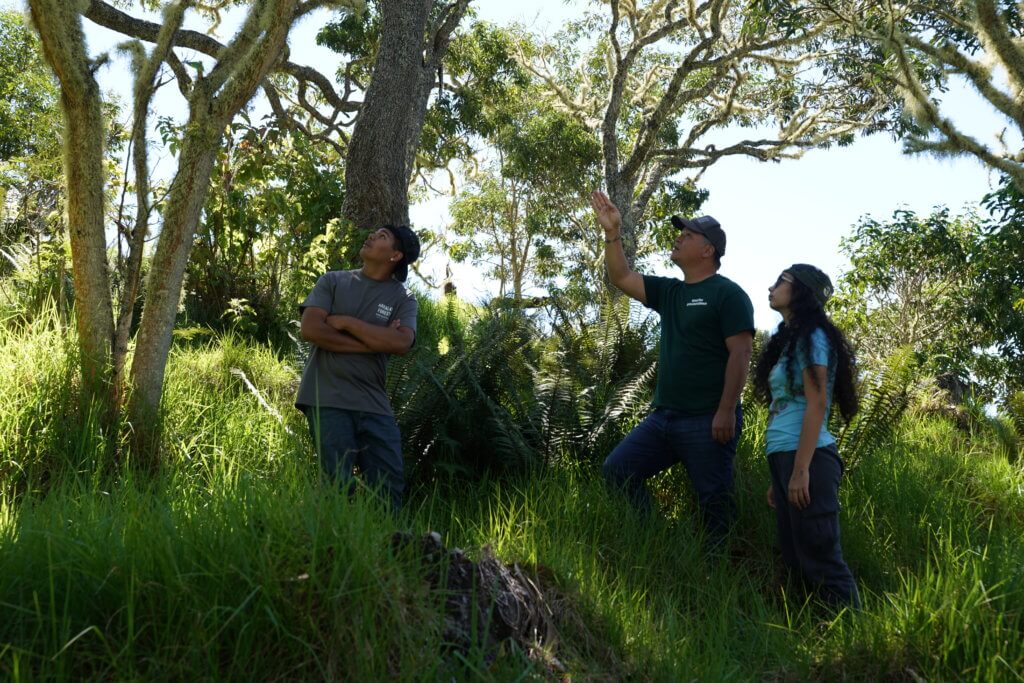
Nick/Cheyenne/Austin: The connection to our local communities is an essential part of our programs, and has included school visits, community events, field trips and service learning, and teacher workshops. Volunteer groups have been key to the planting effort from the very beginning, providing person-power to plant thousands of trees at Kanakaleonui while connecting local communities with Mauna Kea’s unique landscape. Also, planting trees has been a source of outreach and education for local youth and all kinds of community groups, including organizations like the Rotary Club, Hawaiian language immersion students, and even families. Kanakaleonui has also been the stage for a lot of important forest restoration and climate research over the years and continues to provide valuable insights into reforestation efforts across the region. The Corridor is a living classroom for local communities to engage Mauna Kea history, native forests processes, and forest health connectivity and benefits to humans.
Deciding On Species, Sourcing Seedlings
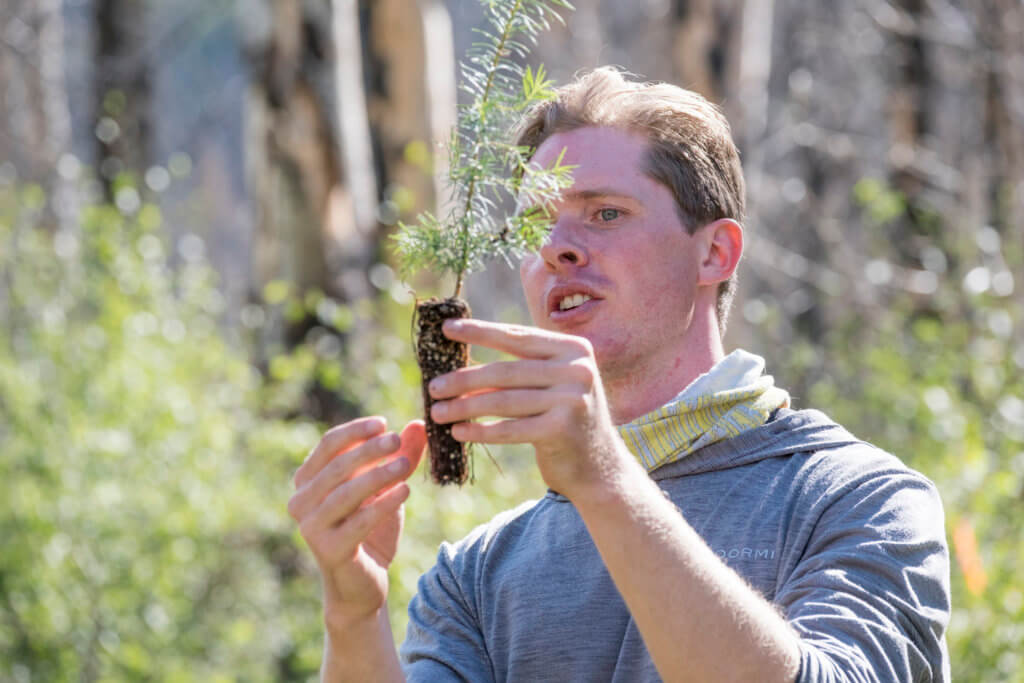
Nick/Cheyenne/Austin: We source our seeds locally, from within similar elevation ranges and aspects. Our seeds are all gathered from Mauna Kea and mostly from volunteer groups: Seed is processed, dried, and either planted or stored for future projects. We grow with multiple local nurseries and the onsite nursery at Hakalau Forest National Wildlife Refuge. Initially in open areas, we planted Koa and Mamane with artificial tree shelters, both are foundational native trees along an elevation gradient. We also planted diverse native trees where some native trees were still present, the native trees there protect the outplantings. These trees are now a seed source and we are able to gather enough seed for restoration from within the management unit! From these plantings we observed that Aweoweo grows very well without artificial sheltering and current strategies utilize Aweoweo as the tree shelters, with further updates to come. The space and conditions, inherent strengths of the individual native plant species, and usefulness to native birds all play a part in considering species to plant. There is strength in diversity and connectivity, we work in partnership to support that at Kanakaleonui.
Ola! (Life!)
Visit Hakalau Forest National Wildlife Refuge to learn more.
